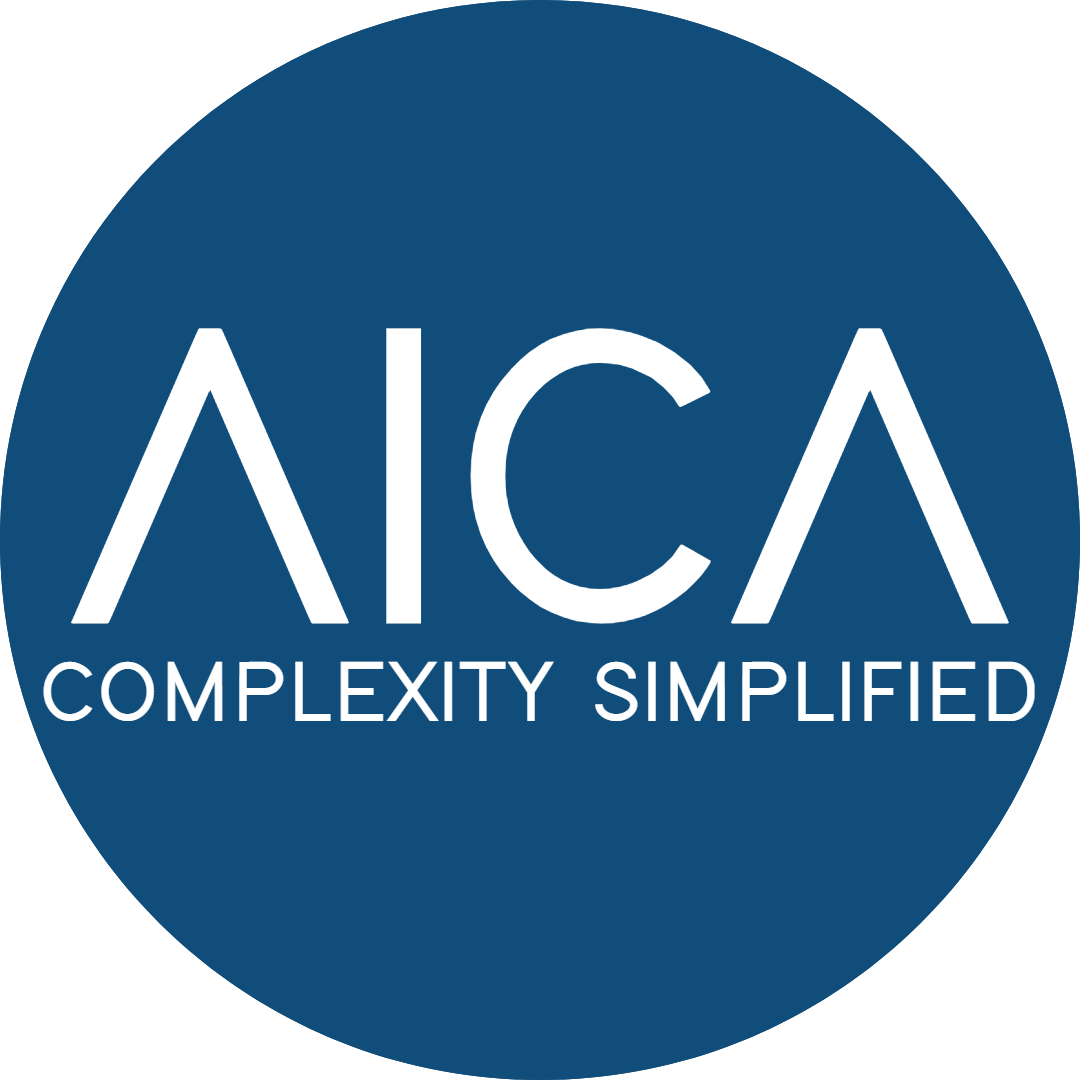For procurement teams across the United States, gaining full visibility into organisational spend is critical, but rarely simple. Disparate systems, inconsistent product naming conventions, and fragmented supplier data often obscure where money is truly going. This makes cost optimization, supplier consolidation, and strategic sourcing nearly impossible to achieve at scale.
One of the most effective ways to cut through this complexity is by classifying product and service data using the United Nations Standard Products and Services Code (UNSPSC). By assigning standardised codes to items and services across the procurement lifecycle, organizations can dramatically improve spend visibility, reporting accuracy, and cost control.
Why Classification Matters in Spend Analysis
Spend analytics relies on the ability to group similar purchases and identify trends across departments, locations, or business units. However, this becomes nearly impossible when the same item appears under different names, spellings, or formats. For example, the same bearing might be listed as:
- “SKF 6205-2Z”
- “6205 ZZ bearing”
- “Ball bearing 25x52x15mm”
Without proper classification, these duplicates distort spend data, inflate supplier counts, and hinder efforts to negotiate better contracts.
UNSPSC solves this by grouping items under a globally recognised taxonomy. Whether an item is labeled slightly differently, the same code ensures it’s grouped correctly for analysis.
Practical Benefits of UNSPSC in U.S. Spend Analytics
1. Improved Spend Categorisation
UNSPSC allows procurement and finance teams to group purchases by logical categories, such as “Industrial Bearings,” “Office Supplies,” or “IT Equipment” – regardless of supplier or description. This enables better budget tracking, category-level reviews, and clearer supplier insights.
2. Supplier Consolidation Opportunities
By analyzing spend across classified items, U.S. organisations can quickly spot duplicate suppliers offering similar products or services. This opens the door to vendor rationalisation, consolidated purchasing, and stronger contract negotiations.
3. Reduced Maverick Spend
Maverick or off-contract spend often results from poor catalog visibility. With classified data, buyers can more easily locate approved items, leading to greater compliance and fewer unauthorized purchases.
4. Better Forecasting and Budgeting
Standardised product classification supports more reliable forecasting. Finance teams can analyze trends within UNSPSC categories over time, enabling more accurate budget planning and strategic sourcing initiatives.
5. Audit-Ready Procurement Records
For U.S. government contractors or companies pursuing ESG and compliance reporting, UNSPSC makes it easier to generate consistent, auditable procurement data.
How AICA Simplifies UNSPSC Classification
At AICA, we help U.S. companies unlock the full power of spend analytics by automating the classification of large product datasets with over 90% accuracy. Our Agentic AI platform handles:
- Cleansing and standardising messy item descriptions
- Applying accurate UNSPSC codes at scale
- Enriching missing attributes for clearer reporting
- Seamless integration with ERP, MDM, or procurement systems like SAP and Oracle
Whether you’re managing procurement for a large enterprise or modernizing legacy data, AICA’s classification services give you the visibility and accuracy needed to drive smarter spending decisions.
Conclusion
By bringing structure and visibility to procurement data, organizations can uncover savings, streamline supplier relationships, and make data-driven decisions with confidence. Whether you’re aiming to optimise spend, reduce procurement risk, or prepare for audits, standardisaied classification is a critical first step. With AICA’s AI-powered approach, that step has never been faster or more accurate.
Ready to take control of your spend data?
Get in touch with AICA to learn how automated UNSPSC classification can supercharge your procurement analytics.

